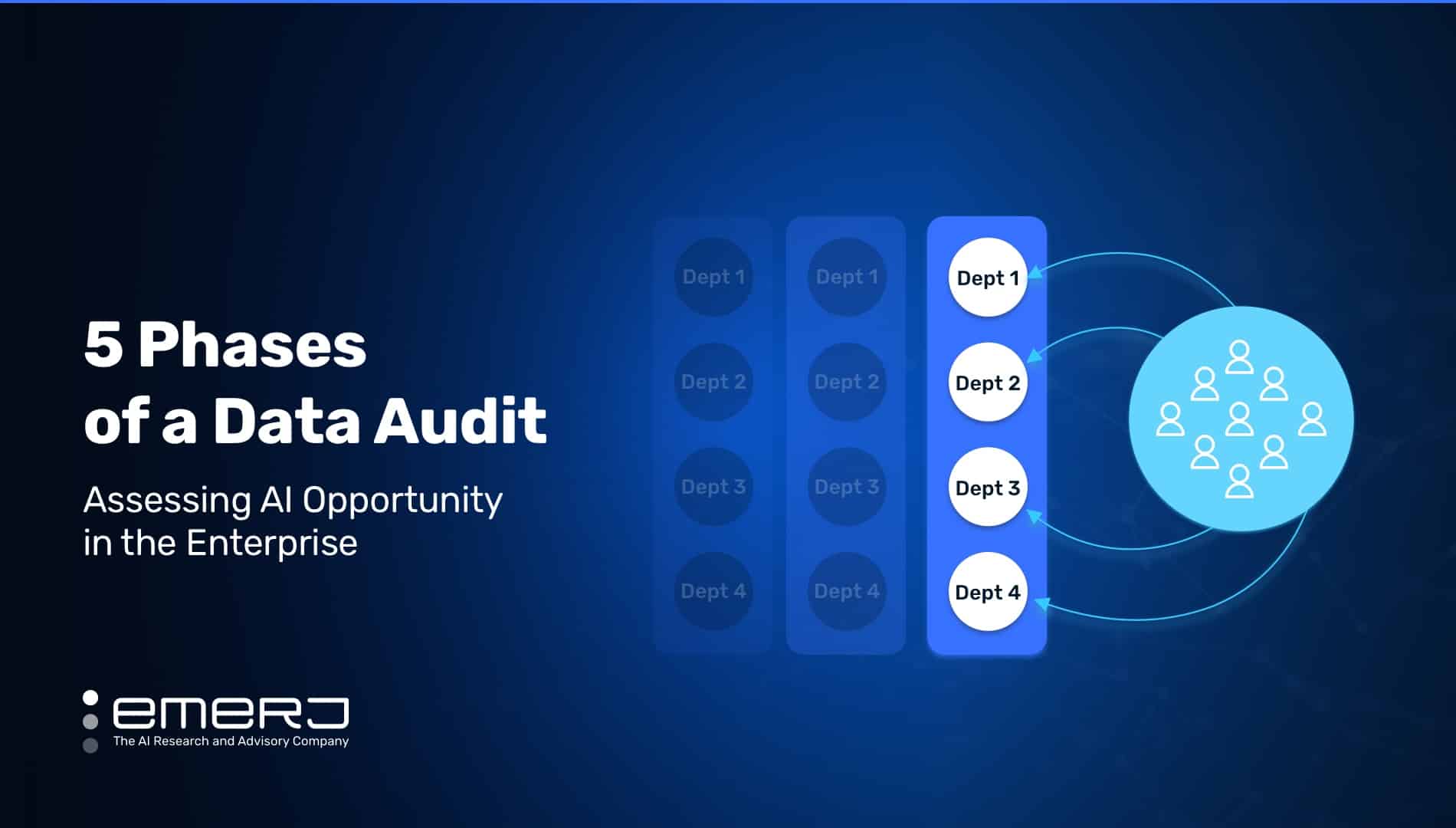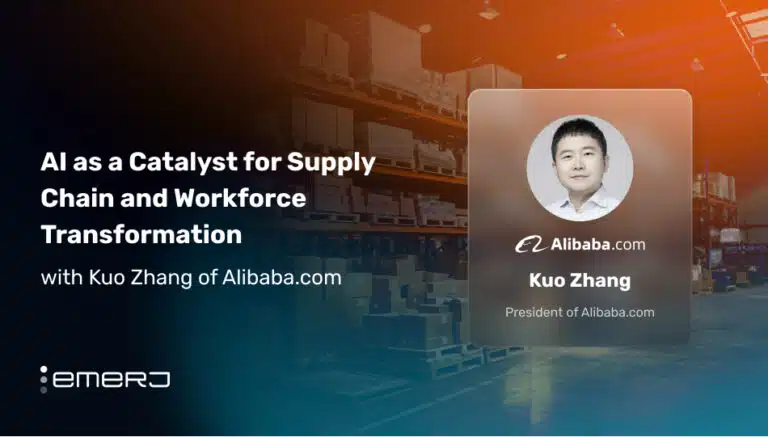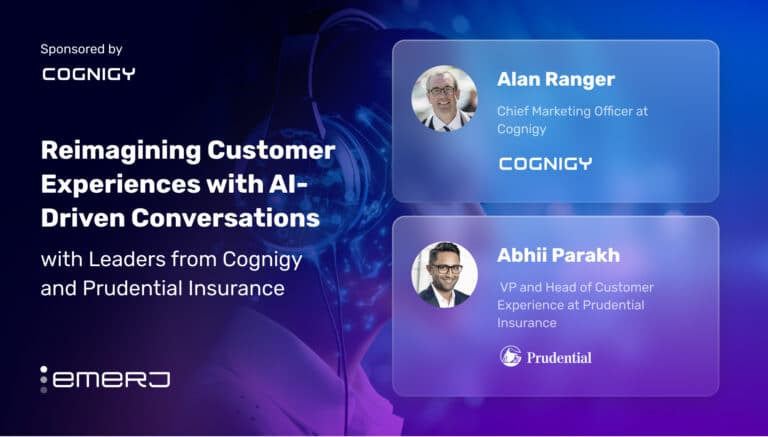Emerj serves enterprises to form their AI strategies, and data audits are part of Emerj's framework for identifying high-ROI AI projects. In this article, we'll break down a slice of this framework, walking through some pragmatic steps leaders can take to drive toward industry-leading outcomes in their organization.
In the domain of artificial intelligence, it’s known that experienced data scientists are needed for architecting effective solutions, and it’s also recognized that business leaders and subject matter experts must have a clear vision to drive toward successful business outcomes for...
[mrj_paywall] unauthorized access




















